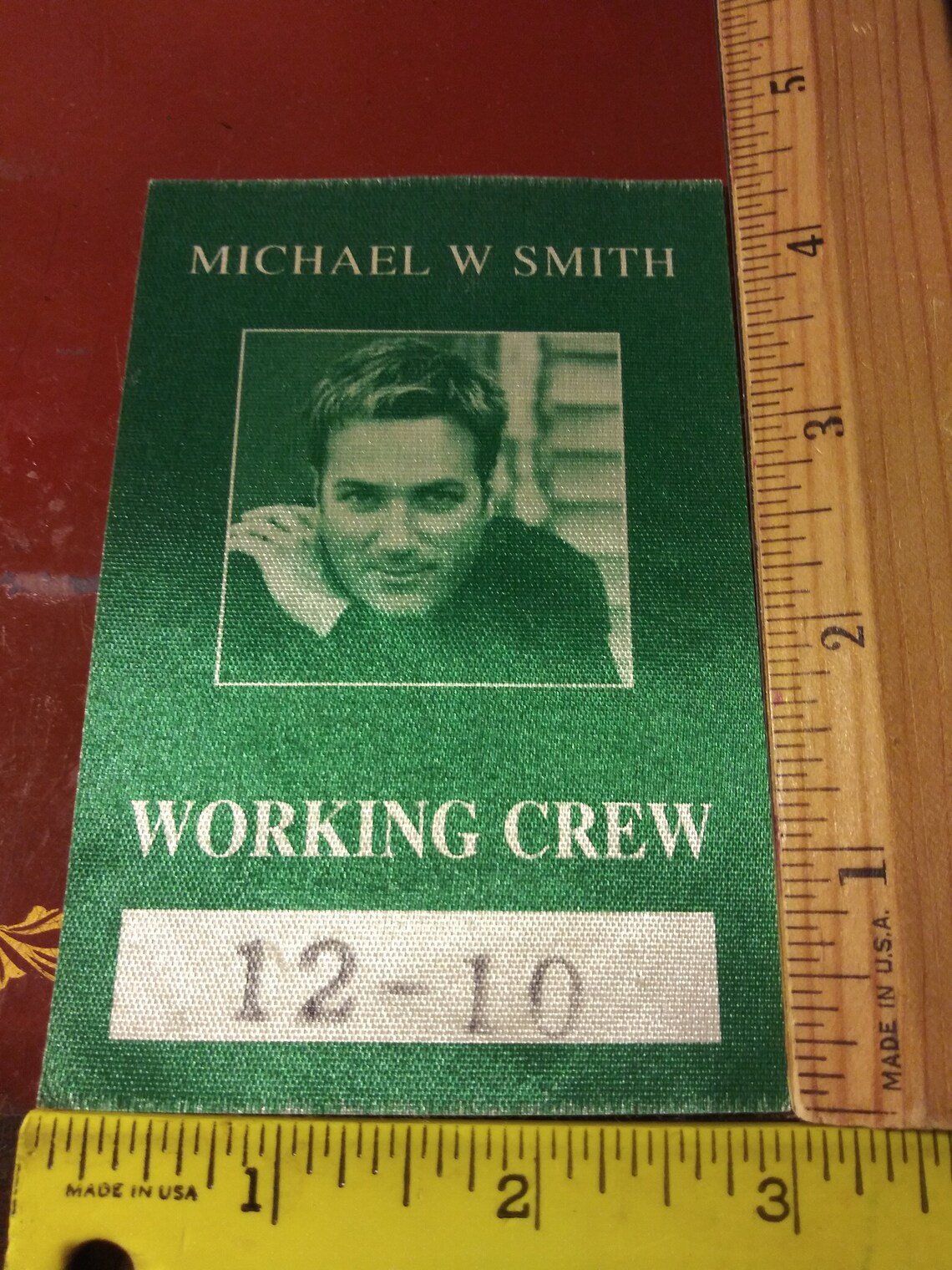
Pro-tip: See if your local music store will help transportation and tuning as a public relations outreach. Piano playing and music skills in general is also one of those things that don’t go away as you get older.Įyes light up when there’s a chance to play again. There are many seniors with more training in piano than you’d realize. I’ve connected a few donated pianos with some Senior Centers, and this is one of the most rewarding ways to donate.

Reach out to schools in your area (a simple phone call or email will do). It’s important for students to hear a real piano when they can, and pianos are more expensive, so many schools don’t have them. Local schoolĪs a music teacher, I’ll always suggest this option first. Use this section to decide where you want to donate your piano. This section contains places to donate pianos and a breakdown of their pros and cons. Please include attribution to when sharing this graphic. Pick this option from our list in the next section. If you have the time and money, just imagine what you want for the piano.

Organizations can do this with no problem (though they have higher standards for conditions). Music stores may be better able to handle this on their own. When you reach out to local groups, it may be harder for a music teacher or local group to move the piano on their own. Paying piano movers or moving companies is the way to go. I’ve moved pianos all over God’s green earth, and I’m telling you, it’s tough. Pianos, even upright ones, are quite heavy. Music stores and music teachers are usually well-placed and connected to help you find these people.Īre you able to move the piano or pay to have it moved? Go for a company as we mention in the next section or Goodwill or Habitat for Humanity.ĭo you want it to go to someone local? You should do the legwork and contact local places. In this case, reaching out to people may take longer. #3 Think About Your Needs For The PianoĪre you looking to get rid of the piano in a hurry? Third-party donation companies and music stores will usually want to know this specific information before coming to get it. Write this down and do some Googling to get more information on it. Somewhere on the piano (usually on the front of the body but also inside) there will be a brand and other identifying information. It may be a baby grand or something like this. If the piano is flat and wide in the back and the strings are horizontal, this is a grand piano style. There are different specific styles, but this will do. In general, if the piano is narrow and the strings inside are vertical (or upright), just call this an upright piano. Most places are going to want to know a little about the piano as well.Ī small music classroom doesn’t want a grand piano after all! Have this information handy when you reach out. It will get out of tune through the moving process. When the keys are reading completely different notes, this may mean something is broken or the process of tuning is going to be too extensive for some places to fix.ĭon’t worry about tuning the piano (which can take a long time to tune). *If the keys are reading the right pitches but out of tune, it’s still fine in most cases. Check for chipped, cracked, or damaged keys.Middle pedal = Holds certain notes and plays quieter sometimes called a practice pedal.Press pedals and play to make sure they work.Make sure all pedals are there (either 2 or 3).If possible, play each key and make sure the pitch isn’t completely wrong (use a tuner app and a note chart to help you)*.


Make sure all keys are there (white keys and black keys).You don’t have to be a piano expert to do this, just do what you can.Ĭheck out the piano in the following ways: #1 Check the condition.įirst, you need to assess the condition of the piano and make note of any issues. Most companies and places won’t go through the effort of getting the piano if there’s something seriously wrong with it. Before donating the piano, you need to gather and check some information on it.


 0 kommentar(er)
0 kommentar(er)
